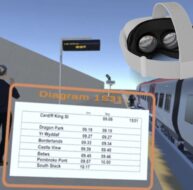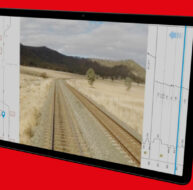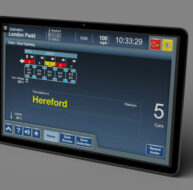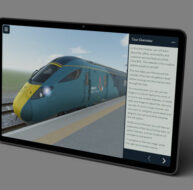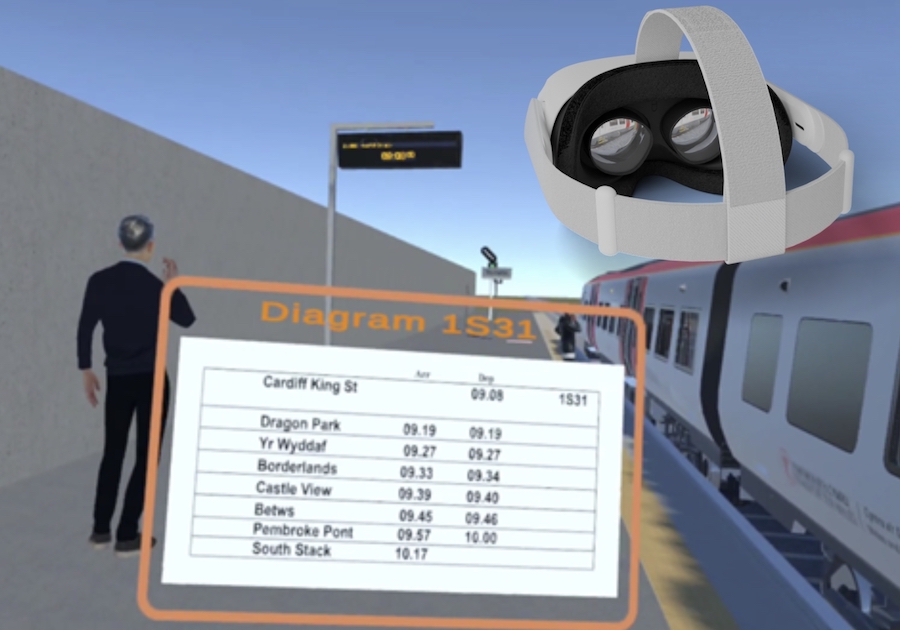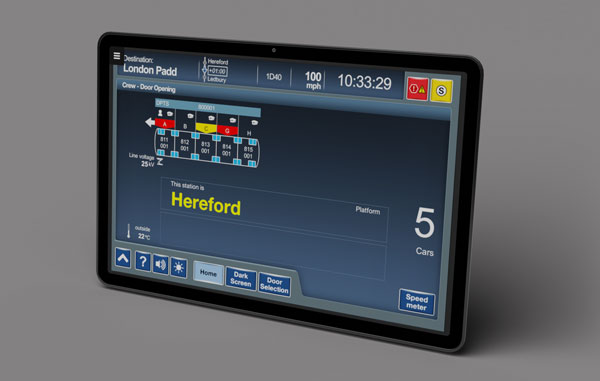A blended approach to rail training is essential now
An ageing workforce, growing demand for rail services and increased digitisation of train control systems means rail training needs a fresh approach to build and maintain confidence and competence for new and existing staff.

The rail industry is facing significant staff shortages in the short to medium term if it fails to recruit and train new talent in the sector. Increased digitisation, an ageing workforce and demand for more rail services needs an innovative response, particularly when it comes to training. The recent Australasian Rail Association (ARA) ARA-Skills-Report_Final.pdf document suggests that in a worst case scenario 35% of the current rail workforce in Australia will have retired by 2035, and that even as soon as this year we will see a shortfall in operations and engineering staff of up to 70,000. In an industry with a projected investment of AUD$150B over the next 10 years, this is a challenge that the Australian rail industry is taking seriously.
Years ago I was told by a UK driver trainer that, while drivers knew how to drive trains, introducing a new Train Management System could be enough to push some of the older drivers towards retirement. This is even more of an issue today, with increased digitisation of in-cab control systems, new ETCS signalling, and the introduction of hybrid and battery traction as the industry drives toward net zero – it’s no surprise that some may feel they’ve had enough.
Increased digitisation in rail needs a fresh approach when it comes to training new recruits, and retaining existing staff. It needs a combination of support and technical training designed to build confidence and competence. This won’t be easy for many operators as it will require an honest look at their training strategies and methods, including answering questions such as:
- Do you support the development and maintenance of a confident and competent workforce?
- Are you exploring how to accelerate learning on new systems and procedures?
- Are you planning to adapt training methods suitable for a diverse workforce?
The issues highlighted by the ARA will be recognised by most passenger and freight operators, and can’t be ignored. More of the same traditional training won’t solve the retention or retirement threat. A fresh approach, where staff are supported between formal training sessions, with initiatives such as short reminder scenarios on a TCMS simulator app, will help to reduce skills fade, build confidence and maintain competence. Find out more about our blended solutions for rail here

